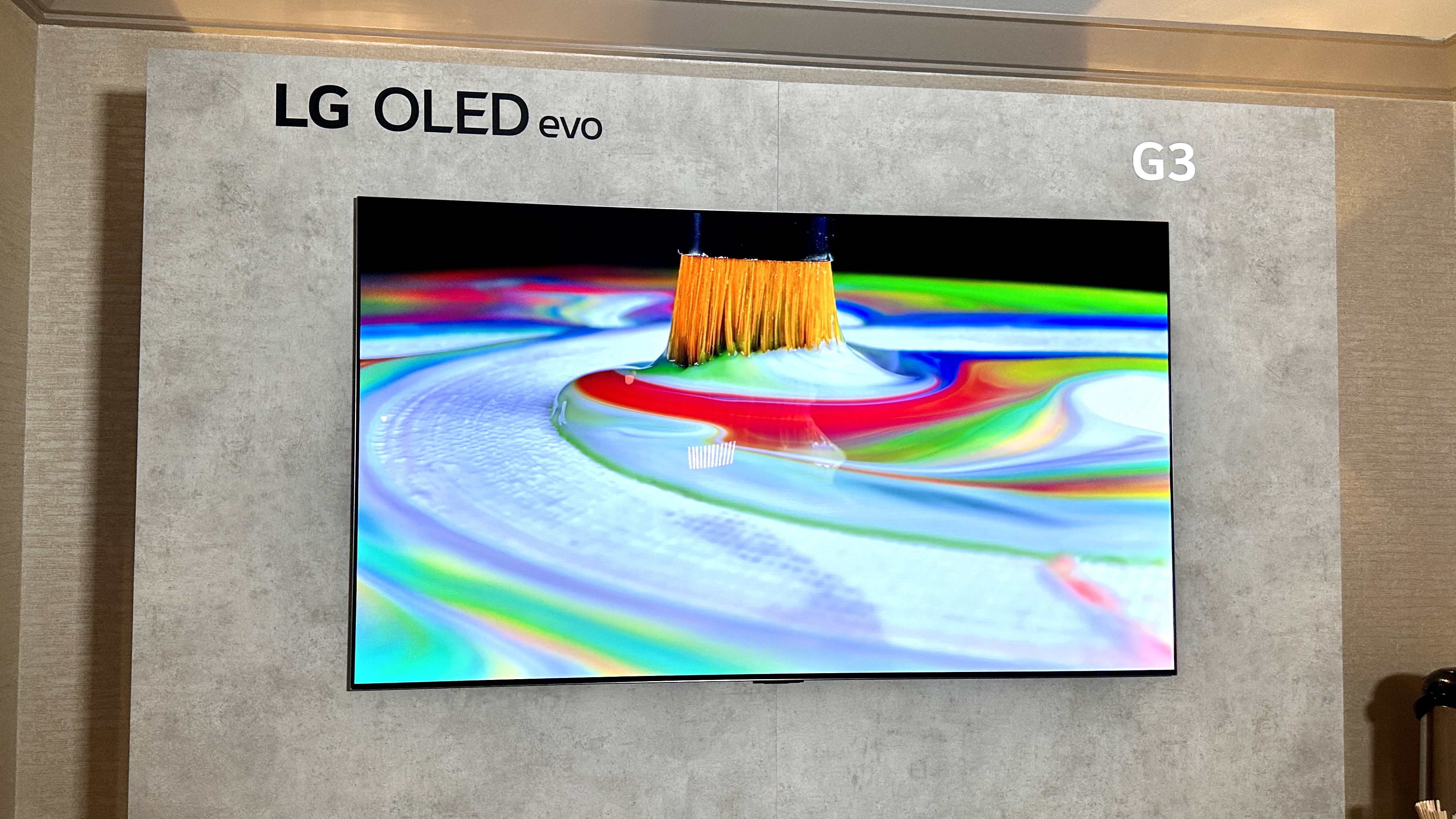
When you look at our picks for the best TVs we’ve tested, you’ll notice quite a few OLED TVs. That’s because OLEDs produce incredible picture quality, achieving contrast that QLED and MiniLED displays simply cannot match. Now, it looks like OLED technology is getting a massive upgrade.
According to Korean outlet ETNews, both LG Display and Samsung Display are working on OLED displays that would use a phosphorescent blue subpixel rather than a fluorescent blue subpixel. These TV displays — called PHOLED displays — are rumored to use a phosphorescent blue subpixel developed by Universal Display (UDC), which has been working on phosphorescent blue subpixels for over 20 years and has several patents for the technology.
Switching from a fluorescent blue subpixel to a phosphorescent blue subpixel would be a massive improvement for OLED displays in terms of efficiency. According to UDC Vice President Michael Hack, these new subpixels would be nearly four times as power efficient as the current fluorescent subpixels that TV manufacturers use. That’s because phosphorescent subpixels convert energy into light at a rate of nearly 100%, wasting essentially nothing as heat.
Currently, nothing is officially confirmed, though Hack has officially said that both LG Display and Samsung Display (the first-party display manufacturers for LG and Samsung, respectively) are reviewing UDC’s phosphorescent blue subpixel technology. But given that UDC expects mass production of the subpixels starting in 2024, we could see PHOLED displays as early as next year.
OLED vs WOLED vs QD-OLED vs PHOLED: What do they mean?

If you’re confused by all these acronyms, you’re not alone. It can get a bit confusing to keep them all straight.
OLED stands for organic light emitting diode and is the broadest term for these displays. It uses organic, carbon-based compounds to create colors and produces the truest blacks of any display type. This is because OLEDs don’t require backlighting, so to produce the color black, they simply shut off entirely. LCD and LED panels, by comparison, require backlighting, so they still give off the faintest hint of light when they are supposed to be black.
WOLED, QD-OLED and PHOLED are all subsets of OLED displays. WOLED is the term used to describe LG’s OLED displays and it stands for white organic light emitting diode. This OLED technology adds a white subpixel to the red, green and blue (RGB) subpixels of traditional OLED displays, and it has benefits and drawbacks. WOLED displays don’t quite match the color accuracy of traditional RGB OLED pixels, but they can prevent image burn-in, which is a serious concern for OLED displays.

QD-OLED is the technology used by Samsung and Sony for their OLED TVs and the big advantage they have is how they display colors. Not only do their RGB OLED pixels produce more accurate colors than WOLED displays, but the use of a quantum dot filter (the “QD” in QD-OLED) that provides greater color accuracy when looking at a TV display off-axis (i.e. when you’re not looking straight at it).
Now it looks like we can add PHOLED to the mix of TV display buzzwords. PHOLED displays, as previously mentioned, are displays that use phosphorescent subpixels for red, green and blue subpixels rather than using fluorescent subpixels. The benefit here is that PHOLED displays should be more power-efficient than other OLED displays, though as none exist yet it’s somewhat educated guesswork.
Time will tell whether LG and Samsung simply adopt PHOLED technology and add it to existing WOLED and QD-OLED displays, or if it leads to something completely new. But it seems that both companies are betting on PHOLED being the display technology of the future, so we will be very excited to see the first ones — hopefully, next year.







